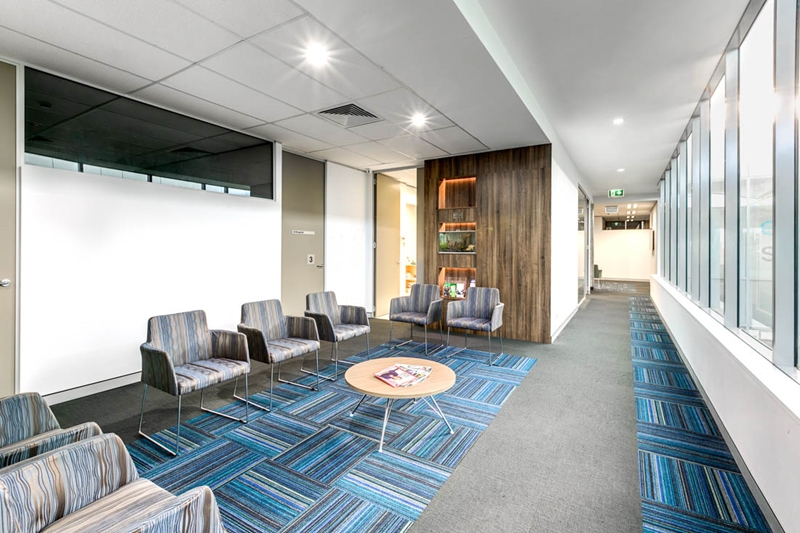What kind of experience do you want patients to have when they visit your clinic or hospital? For anybody on their way to see a medical professional, there’s a huge difference between being greeted with a cold, stark waiting room and a warmer, more inviting space. In fact, a recent survey from design and development firm Sequence discovered that 63 per cent of patients found waiting for their appointment to be the most stressful part of the process.
There are all sorts of different factors that contribute to how a patient feels while in a medical facility, but one of the most important is undoubtedly the interior design. We’ve seen patient-centered design become more and more popular over the last few years. But what does patient-centered really mean, and how can it make a tangible difference to your practice or business?
Ensuring the details have been considered is a great way to improve patient experience and benefit a facility.
What is patient-centered design?
In a nutshell, patient-centered design is all about creating an environment that is more than just a space for various appointments and procedures to be carried out. The Institute for Patient-Centered Design defines the process as “creating environmental conditions that facilitate healing,” and outlines several different elements to consider during the pre-design and design stages.
These include everything from how a facility looks through to how it will be used practically. For a great example, Healthcare Design Magazine points out the benefits enjoyed by The Samuel Oschin Comprehensive Cancer Center in Los Angeles, which completed a redesign incorporating natural elements, softer colours and more comfortable furniture.
The change paid off, with patient satisfaction ratings jumping from 85.9 per cent to over 90 per cent. In addition, staff satisfaction improved, and most tellingly, Healthcare Design Magazine revealed that “hospital administrators attribute its most profitable year ever in part to the redesign, and expect it to continue to contribute to strong performance.”
 The right design choices aren’t just aesthetic, they have a tangible impact on patient and staff satisfaction.
The right design choices aren’t just aesthetic, they have a tangible impact on patient and staff satisfaction.Right off the bat, the most important effect of patient-centered design is the impact it has on visitors. Whether that’s helping to make a nervous patient feel at ease or keeping a worried parent calm while their child visits a paediatrician, no medical professional wants to feel as though people are uncomfortable in their facilities. The benefits of patient-centered design
As an added bonus, if you make the effort to create a welcoming environment, it’s far more likely that patients will feel comfortable coming back, not to mention recommending your practice to friends and family. In turn, just as The Samuel Oschin Comprehensive Cancer Center saw an increase in revenue, your facility can rely on more consistency from repeat visitors, as well as higher levels of new business.
Creating a patient-centered facility isn’t always easy, there are dozens of different aspects of the process to consider. The team at Space for Health can help you with the process from start to finish, no matter whether you’re a dental clinic, day hospital, or anything in between.



